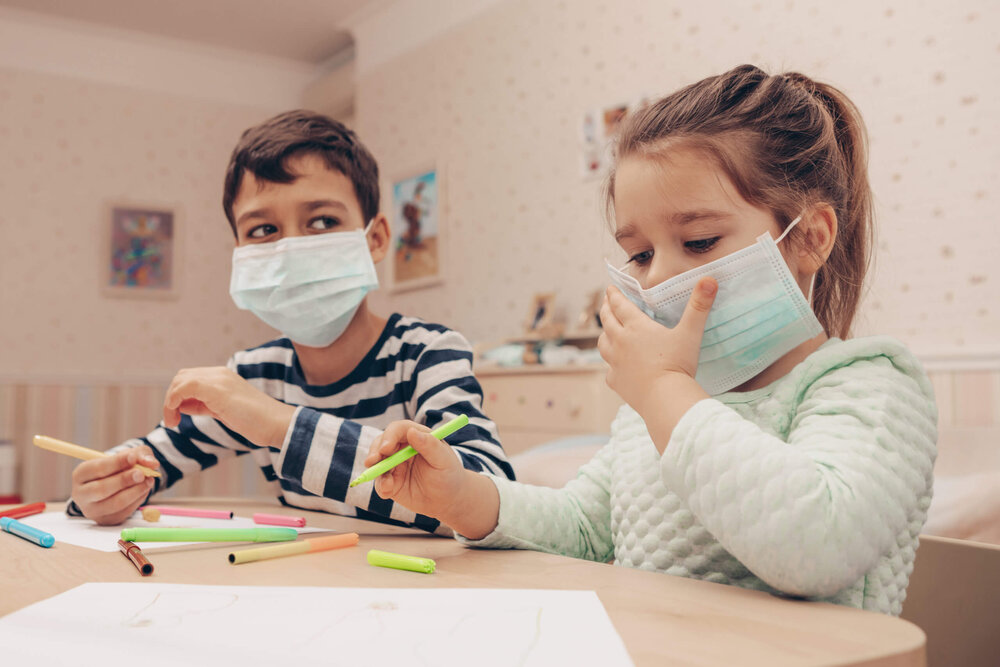Children's world tied up with coronavirus

TEHRAN – World Children's Day has been different over the last two years due to the prevalence of coronavirus, by imposing mandatory restrictions on them, causing many changes in social relations, education, and hobbies.
World Children’s Day was first established in 1954 as Universal Children's Day and is celebrated on November 20 each year to promote international togetherness, awareness among children worldwide, and improving children's welfare.
On November 20, 1959, the UN General Assembly adopted the Declaration of the Rights of the Child. It is also the date in 1989 when the UN General Assembly adopted the Convention on the Rights of the Child.
Since 1990, World Children's Day also marks the anniversary of the date that the UN General Assembly adopted both the Declaration and the Convention on children's rights.
The COVID-19 pandemic has shown how inequality affects the rights of every child. From climate change, education, and mental health, to ending racism and discrimination, children and young people are raising their voices on the issues that matter to their generation and calling for adults to create a better future.
The COVID-19 pandemic has shown how inequality affects the rights of every child. This World Children’s Day is celebrated with the theme of “A Better Future for Every Child”.
Many children are still denied access to health services, which are their basic rights. Disease, malnutrition, polluted air, unsanitary water, inadequate shelter, etc. kill millions of children in the world every year.
At the international level, war and its aftermath, displacement and homelessness, asylum, etc. have put children most at risk of death.
Poverty affects children disproportionately. Around the world, one out of six children lives in extreme poverty, living on less than US$1.90 a day.
Despite great progress in school enrolment in many parts of the world, more than 175 million children are not enrolled in pre-primary education, missing a critical investment opportunity and suffering deep inequalities from the start.
In 2019, 1.6 billion children (69%) were living in a conflict-affected country, and approximately 426 million children (over one in six) were living in a conflict zone. Millions of children, many of whom are unaccompanied or separated from their families are being displaced by armed conflict.
However, in addition to these problems, we are facing a major crisis by the global pandemic, which has targeted the lives, peace, and health of all human beings, from children and adults, and so on.
This year, the coronavirus prevalence and the change in the life of children and adolescents, has caused changes in children’s mood, behavior, and social interactions, and in addition to mental and psychological damage, it has also caused physical problems, inactivity, and obesity at these ages.
As a result, such conditions have led to children’s social isolation, which can have many long-term adverse effects on their social skills and mental health.
Finally, another important issue that has been raised in recent research is the issue of parental conflicts with children. In a closed environment, the boundaries between family, work, and school are intertwined. Parents play the role of parents, teachers, and workers; In addition, children have both the role of child and the role of a student at home.
The closure of schools and centers, staying at home, and being deprived of social relations have created many problems for families, parents, and children, some of which are inevitable.
The most important factor in reducing the tensions between children and parents and creating a calm and loving environment at home is to increase the resilience of parents to certain behaviors of children and to avoid behavioral violence and express more love to them.
FB/MG
